The tires are the main contact of the car to the road. They are specially engineered to perform different functions. They should securely grip the road, turn, cut a safe path through puddles, contribute to good fuel economy, be resistant to damage from road debris and potholes, and help smoothen the car ride. But for tires to function properly, they should be filled with the right amount of pressurized air.
It's essential to maintain tires properly inflated. This is to get the optimum tread life, safety, and performance. If the tires don’t have the right pressure, it can waste fuel, wear evenly and faster and affect the way you handle the car.
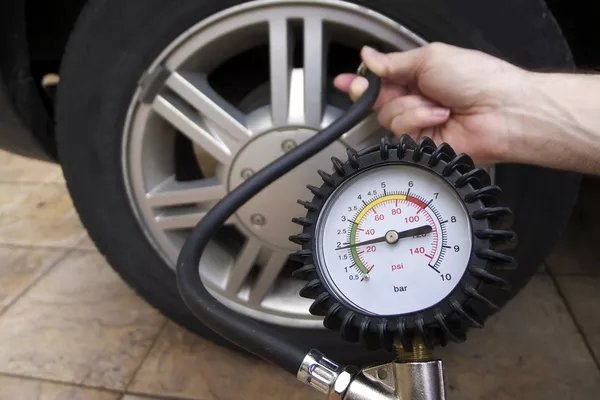
Tire pressure monitoring is a simple task that should be done regularly
Tire pressure monitoring is a simple task that should be done regularly. Checking the tire pressure is especially important during the rainy season or colder weather because the tire pressure falls off in cooler temperatures. If the tires are underinflated, excess heat builds up as you drive that can cause tire failure.
There are three general types of tire pressure gauges. Choosing the best one depends on what type of device you are comfortable to use and what you find easy to read. Read this article from Philkotse.com.
Tire pressure gauges type #1: Stick gauge
Stick gauges can be a bit difficult to read and finicky to use according to most testers. This type of tire pressure gauge is the cheapest among the three types. Early stick gauges seem quite similar to a metal pocket pen. There’s a rod or a bar inside which slides out every time its valve end presses the tire’s valve stem.
All you need to do is to take off the cap of the tire valve. Hold the open side of the stick gauge valve (not the one that releases air) then hold securely. The white stem will start to drive out the opposite end, indicating a number which is usually within 20 and 40psi. You will get your reading after you wait for it to stop moving.
Pros: The stick gauge is easy to use. Its small size makes it easy to fit in just about anywhere. Stick gauges are also inexpensive.
Cons: The stick gauge can be a little complicated to read, especially to the untrained eye, and most of them are less likely to give an accurate reading.
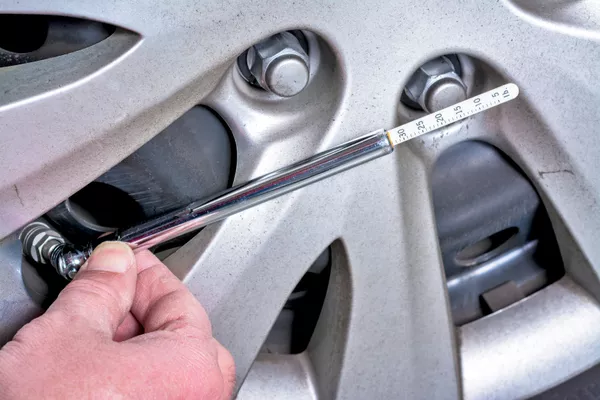
Stick gauges can be a bit difficult to read and finicky to use according to most testers
>>> Read more: [Tire safety tips] How to prolong the lifespan of the tire?
Tire pressure gauges type #2: Dial gauge
Dial gauges are also called analog gauges. They have clock-like features. Some cheaper dial gauges have poor accuracy, durability, and ease of use. To use this gauge, you need to take off the tire's valve cap then connect the valve end of the gauge and wait for the pointer on the face to stop moving, and then read the tire’s pressure.
Pros: When compared to stick gauges, a dial gauge is more likely to give an accurate reading. This type of gauge is also much easier to read.
Cons: Dial gauges are a little clunky and require the use of both hands. They consume more space as well. You might have to keep it in the garage or the trunk.
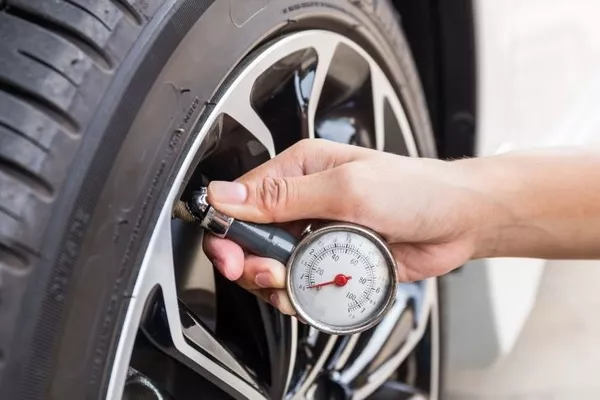
Dial gauges are also called analog gauges
Take note of dial gauges that use a calibrated spring. This type of dial gauge is delicate to getting thumped around. According to a test conducted by Consumer Report, one brand of dial gauge permanently lost its accuracy when dropped onto a cement floor from a height of 76 centimeters or 30 inches. It is also quite pricier compared to stick gauges.
>>> Check out: Tips every Pinoy car owner should know to choose the right used car tires.
Tire pressure gauges type #3: Digital gauge
In general, digital gauges are easy to read and very accurate. This type of gauge utilizes an electronic LCD similar to a digital watch. Reading the tire pressure in a digital gauge is pretty easy and simple. Most digital gauges can be brought along with the instructions on how to use it.
Pros: It is the most reliable tire pressure gauge among the three types. Some models are cheaper than dial gauges and cost slightly more than stick gauges.
Additionally, this type of gauge is more resistant to wear and some models are equipped with backlit screens that will make your reading visible even in the dark. The best part about this digital gauge is that it's easy to use and simple to read.
Cons: This type of gauge uses batteries that need to be replaced from time to time. This is to ensure that the device’s low power will not give a wrong tire pressure reading. Digital gauges are more pricey than stick gauges.
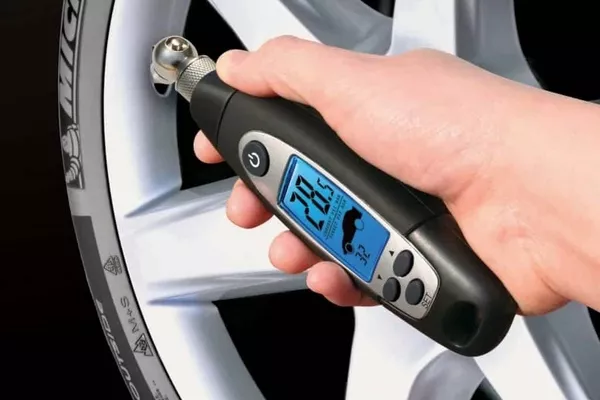
Digital gauges are easy to read and very accurate
>>> FYI: Top 3 Tips on Getting the Best Deals on Car Accessories in Banawe Street.
Choosing the best tire pressure gauge depends on the user. The user should first identify which type of tire pressure gauge he/she is comfortable to use and which type is fit for his/her budget. If you want a cheaper option, then opt for a stick gauge of good quality.
Dial and the digital gauge will provide ease of use and easier reading but may cost a little more. Just make sure you are purchasing a tire pressure gauge of good quality to ensure an accurate reading.
Tips when checking tire pressure gauges
- Check the tire pressure if the tires have already cooled to ambient temperature, preferably after the car has been parked for at least three hours. This is because the tire pressure increases when the tires warm up when in use.
- When setting the air pressure of your tires, use the tire information placard located on the driver’s door jamb as the basis, instead of the maximum tire pressure indicated on the sidewall of the tires.
- Regularly check your spare tire’s inflation pressure.
- Take note that the TPMS or the tire pressure monitoring system is not a maintenance reminder. It is a system indicating that one or more of your tires has low air pressure and requires attention as soon as possible.
- The tire pressure gauge should be stored in a clean, accessible and secure spot. Make sure you also have new batteries ready if you have digital gauges. Dirt and grime also affect the scale slide of stick gauge. Always have a tire pressure in your glove compartment or trunk.
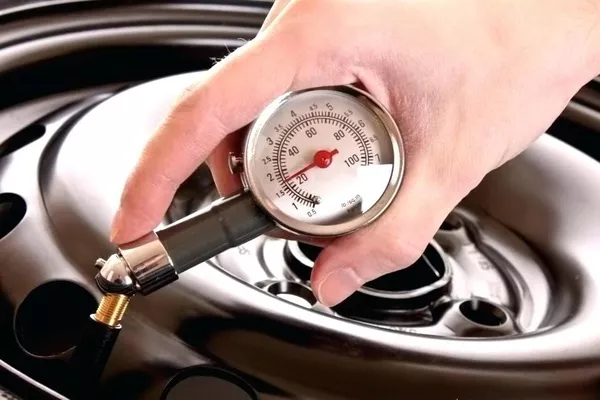
Regularly check your spare tire’s inflation pressure
>>> You might want to know: Car Tire Pressure Facts for a Safe Driving Experience.
Recent posts
- 10 kinds of tire wear can indicate a car’s general condition Jan 26, 2021
- Car tire puncture: Causes, how to prevent and more! Aug 17, 2022
- Tire rotation: Everything that Filipino drivers need to know Feb 17, 2021
- Properly install tire chains for your car with 9 easy steps Aug 16, 2022
- 4 questions to ask when choosing the best tire for your car Nov 17, 2022












